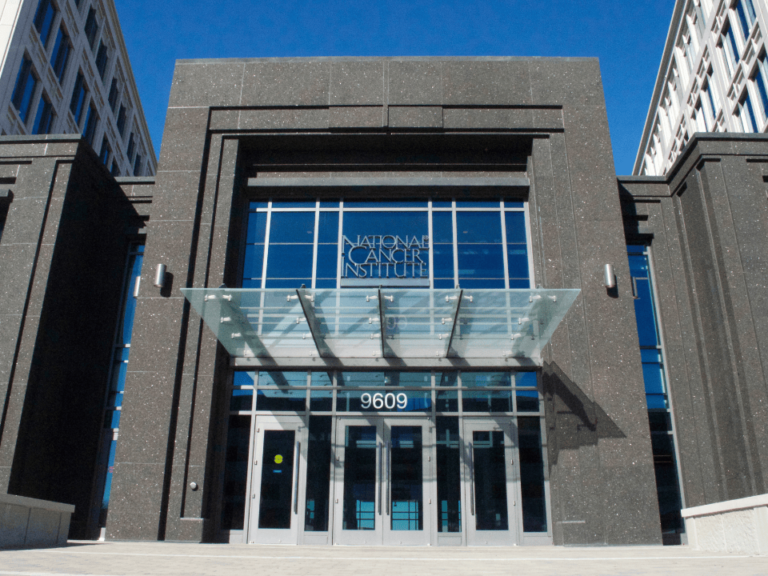In surveys, as many as 15% of Americans say that they will not get a COVID-19 vaccine under any circumstances, and another 17% are in the “wait-and-see” category, holding out to observe how others fare.
If these numbers are correct, the U.S. has almost no wiggle room as it strives to reach herd immunity to COVID-19.
To access this subscriber-only content please log in or subscribe.
If your institution has a site license, log in with IP-login or register for a sponsored account.*
*Not all site licenses are enrolled in sponsored accounts.
Login Subscribe
If your institution has a site license, log in with IP-login or register for a sponsored account.*
*Not all site licenses are enrolled in sponsored accounts.
Login Subscribe








